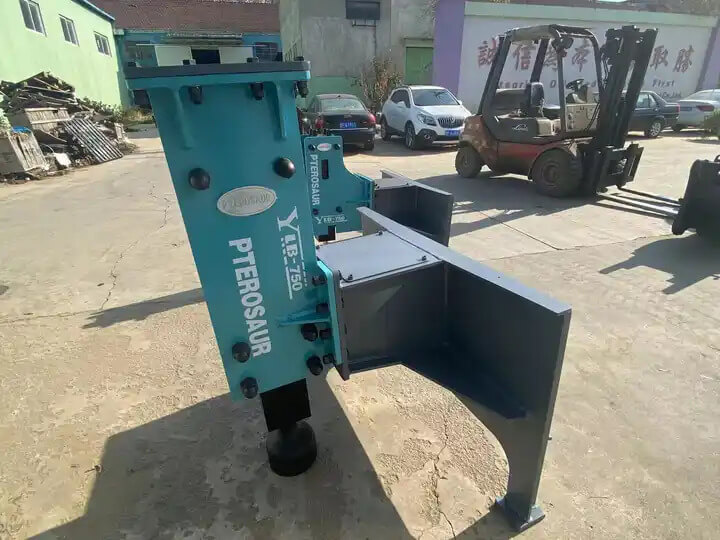Understanding Hydraulic Breakers: Types, Parts, and Functionality
Hydraulic breakers are vital tools in the construction and demolition industries, designed to efficiently break up rock, concrete, and similar materials. This article will explore the functionality of hydraulic breakers, their various parts, and guidelines for safe use.
What is a Hydraulic Breaker?
A hydraulic breaker, often referred to as a hydraulic hammer, is a powerful attachment used on excavators and other heavy machinery. It uses hydraulic power to deliver a strong impact force onto surfaces, making it ideal for breaking up tough materials like concrete and rock. The mechanism typically involves a piston that is driven by hydraulic fluid, resulting in a high-impact blow that fractures the material.
How Does a Hydraulic Breaker Work?
The operation of a hydraulic breaker is relatively straightforward. The key components include:
-
Piston: This is the main component that delivers the impact. When hydraulic fluid is pumped into the breaker, the piston is forced downwards.
-
Chisel: Attached to the front of the breaker, the chisel is the part that actually strikes the material. Different types of chisels can be used depending on the job at hand.
-
Cylinder: This houses the piston and is essential for directing the hydraulic fluid.
-
Seals and Bushings: These parts ensure that the hydraulic fluid remains contained and prevents wear and tear on the components.
-
Accumulator: Some hydraulic breakers include an accumulator that stores hydraulic energy for increased impact force.
When the hydraulic fluid is pumped into the cylinder, the piston is activated, moving rapidly downward to strike the chisel against the target surface. This process is repeated rapidly, allowing for efficient material breaking.
Types of Hydraulic Breakers
Hydraulic breakers come in various types, each designed for specific applications. The primary classifications include:
-
Box Type Breakers: These are generally used for lighter applications and are known for their compact design.
-
Side Type Breakers: Typically used in heavier applications, providing more force due to their larger size.
-
Silent Breakers: Designed to minimize noise, these are suitable for urban areas where noise pollution is a concern.
-
Underwater Breakers: These are specifically designed for underwater applications, often featuring corrosion-resistant materials.
Spare Parts for Hydraulic Breakers
Maintaining hydraulic breakers is crucial for their performance and longevity. Some common spare parts include:
-
Chisels: Available in various shapes and sizes, these need to be replaced regularly due to wear.
-
Seals: Essential for preventing hydraulic fluid leaks and maintaining pressure.
-
Bushings and Pins: These parts are subject to wear and need periodic replacement.
-
Hoses: High-pressure hoses that transport hydraulic fluid must be inspected regularly for damage.
Manufacturers and suppliers like Ecer and Salem Hydraulics offer a wide range of hydraulic breaker parts, ensuring that operators can find the appropriate components for their equipment.
Safety Guidelines
Using hydraulic breakers requires adherence to safety guidelines to prevent accidents and injuries. Key safety tips include:
-
Proper Training: Ensure that all operators are trained and understand how to use the equipment safely.
-
Personal Protective Equipment (PPE): Operators should wear appropriate PPE, including helmets, gloves, and eye protection.
-
Equipment Inspection: Regularly inspect the hydraulic breaker and its parts for any signs of wear or damage before use.
-
Secure Work Area: Ensure that the work area is clear of bystanders and that proper barriers are in place.
-
Follow Manufacturer Instructions: Always adhere to the manufacturer’s guidelines for operation and maintenance.
Conclusion
Hydraulic breakers are indispensable tools in various construction and demolition projects. Understanding their operation, types, and maintenance requirements can significantly enhance their effectiveness. By following safety guidelines and using high-quality spare parts, operators can ensure optimal performance and longevity of their hydraulic breakers. Whether you’re involved in heavy excavation or intricate demolition work, hydraulic breakers remain a cornerstone of modern construction equipment.




































